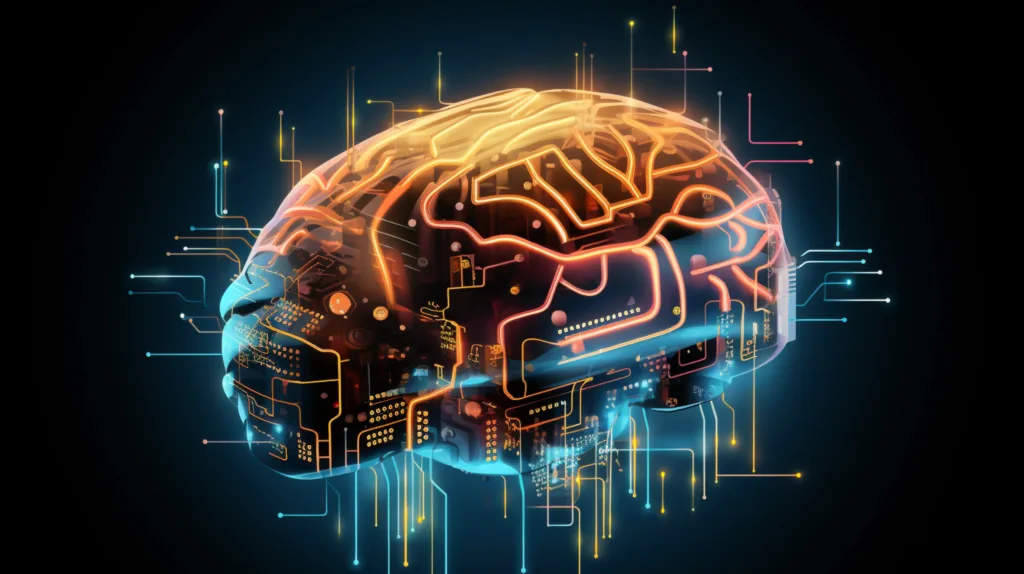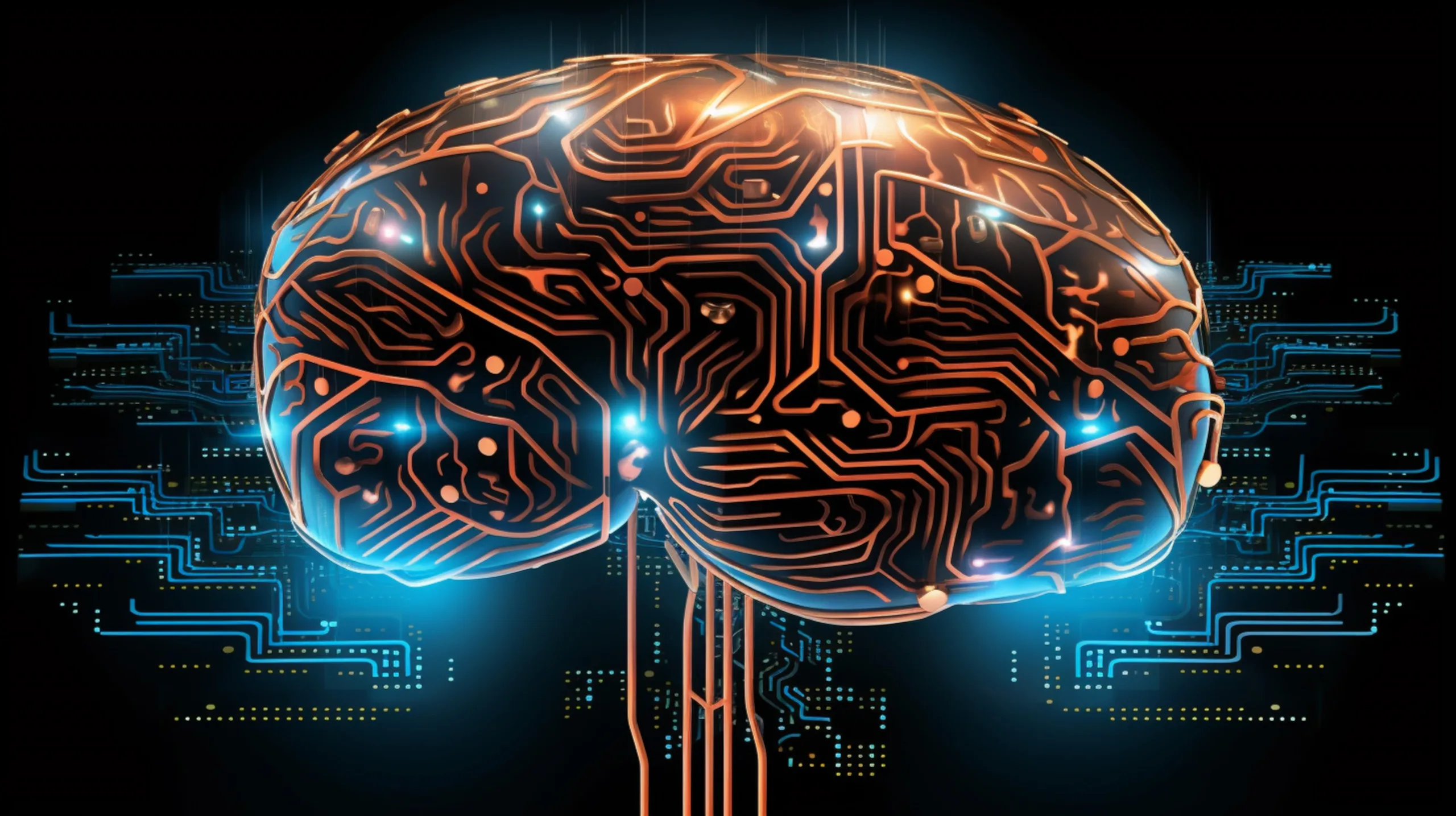Artificial Intelligence (AI) is evolving at an incredible speed. From self-driving cars to intelligent chatbots, AI is transforming industries. However, traditional computing methods have limitations. They struggle with complex decision-making and consume vast amounts of power. That’s where Neuromorphic Computing comes in.
Inspired by the human brain, Neuromorphic is faster, smarter, and far more efficient than conventional AI systems. It mimics the way our neurons and synapses work, making AI more adaptable and energy-efficient. In 2025, this technology is set to revolutionize AI, robotics, healthcare, and much more.
What is Neuromorphic Computing?
Neuromorphic Computing is a new approach to AI and computing that is designed to function like the human brain. Instead of processing information in a linear fashion like traditional computers, neuromorphic chips use artificial neurons and synapses to process data simultaneously and dynamically.
In simple terms, it is a brain-inspired computing model that allows machines to learn, adapt, and process information in real time—just like humans. This makes AI systems more efficient, intelligent, and capable of handling complex tasks without consuming excessive power.
Traditional computers use a Von Neumann architecture, which separates memory and processing units. This leads to delays in data transfer and high energy consumption. Neuromorphic Computing eliminates this bottleneck by enabling computation and memory storage to happen within the same system—just like a human brain.
With this innovation, machines can:
✅ Recognize patterns faster
✅ Process massive amounts of data efficiently
✅ Adapt to new information in real time
✅ Use significantly less power than traditional AI models
This is why experts believe Neuromorphic Computing will be the future of artificial intelligence.
How Neuromorphic Computing Mimics the Human Brain
The human brain is the most powerful and efficient computing system ever created. It can process trillions of pieces of information simultaneously while using less power than a basic lightbulb.

Neuromorphic Computing is designed to replicate this efficiency. But how?
- Artificial Neurons and Synapses
- The brain contains billions of neurons that communicate through synapses. Neuromorphic chips imitate this structure using spiking neural networks (SNNs). Instead of processing all data at once, these chips fire electrical signals only when necessary—just like neurons in the brain.
- Parallel Processing
- Traditional computers process information step by step. The human brain, however, processes multiple streams of data at once. Neuromorphic systems do the same, allowing for real-time decision-making and learning.
- Energy Efficiency
- The brain uses minimal energy to process complex tasks. Neuromorphic chips are designed to do the same, using significantly less power than standard AI models.
- Self-Learning Capability
- Our brains learn from experience. Neuromorphic systems adapt and improve over time, making AI smarter with less need for retraining.
By mimicking the way the human brain functions, Neuromorphic Computing can outperform traditional AI systems in both speed and efficiency.
Why Neuromorphic Computing is the Future of AI in 2025
AI is advancing rapidly, but it still faces major challenges. High energy consumption, slow learning processes, and limited adaptability are some of the biggest issues. Neuromorphic Computing solves these problems and opens the door for a new era of AI.
Here’s why 2025 is the turning point for Neuromorphic Computing:
✅ Ultra-Efficient AI – AI models require huge data centers that consume excessive power. Neuromorphic chips make AI faster and more energy-efficient.
✅ Real-Time Processing – Unlike traditional AI, which requires pre-training, Neuromorphic AI learns and adapts instantly—perfect for robotics and self-learning machines.
✅ Improved Decision-Making – Neuromorphic systems analyze complex scenarios faster than traditional AI, making them ideal for autonomous vehicles, medical diagnosis, and cybersecurity.
✅ Scalability – Traditional computing struggles with scaling AI models. Neuromorphic hardware scales easily, allowing AI to become more advanced without requiring massive resources.
Because of these advantages, Neuromorphic Computing is set to disrupt industries and redefine the future of AI.
Key Features
Neuromorphic Computing is not just another AI technology—it is a completely new way of processing data. Some of its most important features include:
🚀 Brain-Like Processing – Uses artificial neurons and synapses for real-time decision-making.
🔋 Energy-Efficient Design – Consumes 1000x less power than traditional AI systems.
⚡ Parallel Computation – Processes multiple tasks simultaneously for faster response times.
🧠 Self-Learning Algorithms – Adapts without needing constant retraining.
🕒 Ultra-Fast Performance – Works at the speed of human thought, making AI more dynamic.
These features make Neuromorphic Computing the most exciting development in AI today.
Top Applications of Neuromorphic in 2025
Neuromorphic Computing is being used in several industries. Here are some of the most exciting applications:
📌 Healthcare – AI-assisted medical diagnosis, drug discovery, and personalized treatments.
📌 Autonomous Vehicles – Faster decision-making for self-driving cars and drones.
📌 Cybersecurity – Advanced threat detection and real-time defense mechanisms.
📌 Robotics – Smarter, adaptive robots that learn from their environment.
📌 Finance – High-speed fraud detection and financial analysis.
As research continues, Neuromorphic Computing will become the backbone of future AI systems.
Challenges and Limitations of Neuromorphic Computing
Despite its potential, Neuromorphic Computing still faces challenges:
🔸 Complex Hardware Design – Neuromorphic chips require new architectures, which are difficult to manufacture.
🔸 High Development Costs – Building Neuromorphic AI systems is expensive compared to traditional computing.
🔸 Limited Software Support – Most existing AI models are not optimized for neuromorphic hardware.
🔸 Scalability Issues – While promising, the technology still needs further improvements before it can replace traditional computing.
These challenges must be addressed before Neuromorphic Computing can reach its full potential.
The Future of Neuromorphic Computing: What to Expect Beyond 2025?
The future of AI depends on more efficient computing systems, and Neuromorphic Computing is leading the way.
By 2030, experts predict:
✅ Mass adoption of neuromorphic chips in AI and robotics
✅ Major breakthroughs in brain-computer interfaces
✅ Ultra-low-power AI that runs on small devices
✅ Smarter autonomous systems that learn like humans
The next decade will see Neuromorphic Computing evolve into a mainstream AI technology.
Is Neuromorphic Computing the Next Big AI Revolution?
Neuromorphic Computing is one of the most exciting innovations in AI. It brings brain-like intelligence, energy efficiency, and real-time learning to machines. In 2025, we are at the beginning of a new era in computing.
As the technology matures, AI will become smarter, more adaptive, and more efficient than ever before. The future of Neuromorphic Computing is bright—and it’s happening right now.
🚀 Are you ready for the next AI revolution? 🚀

